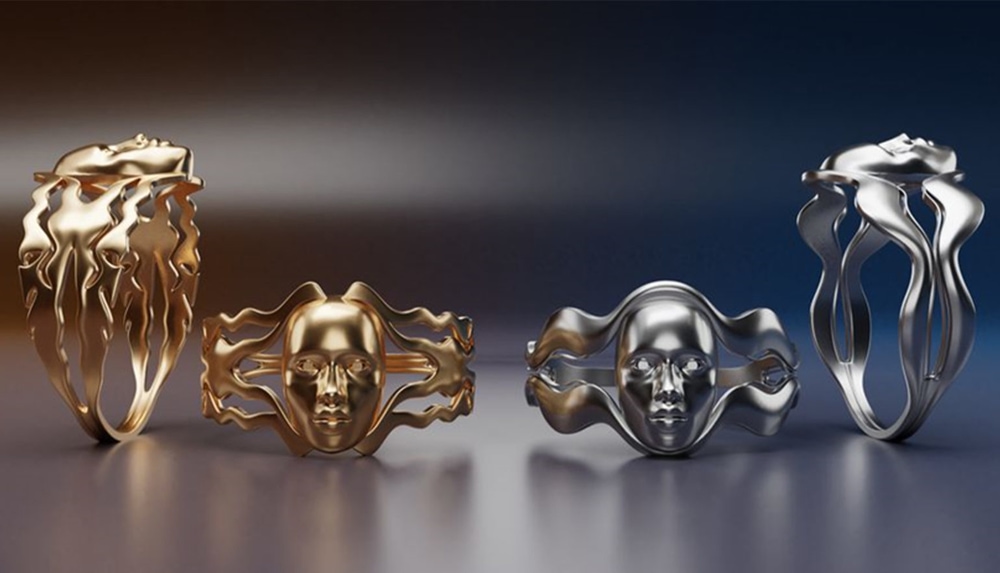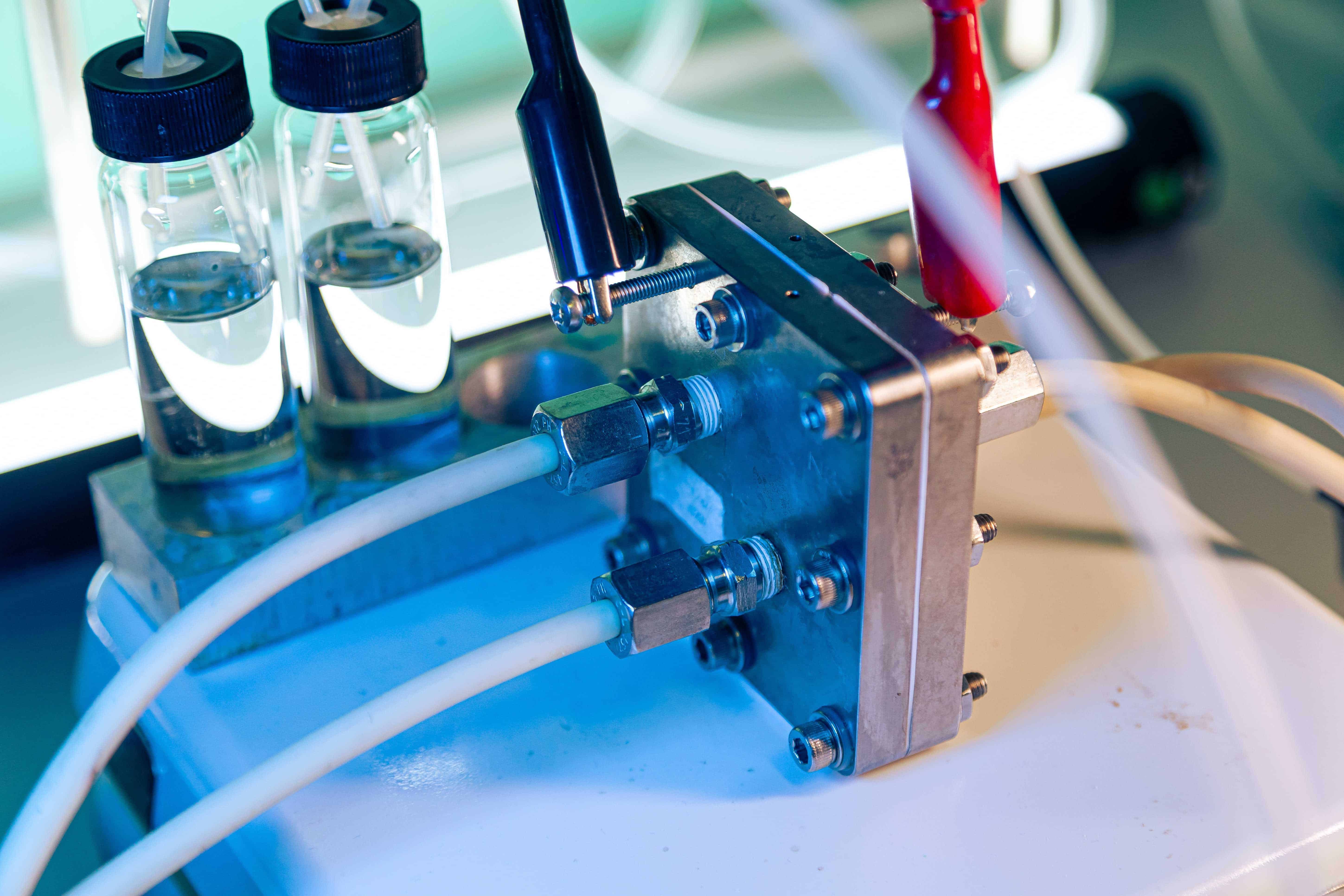
The price of some new cell phone models is nowadays so high that buying them is like buying a jewel. The initiators of the Fenix Horizon 2020 project have possibly made the same link.
The Polytechnic University of Milan (Politecnico di Milano), one of the project participants, announced on Friday that it has succeeded in recycling the electronics of used cell phones into jewellery made of gold, silver and platinum, among other things. Involved in the project is a consortium made up of Italian, Spanish and Greek institutions and companies, among others.
Melting down solder paste
The recycling process starts at the Faculty of Management Engineering of the Politecnico di Milano. They have designed an automated machine for dismantling electronic circuit boards from cell phones, including all the electronic components and the solder paste. Collaborative robots, also called cobots, (robots that are in direct contact with humans) take care of dismantling the circuit board. This is done very meticulously.
Cobots
Using a semi-automatic process, the cobot is able to remove electronic components one by one from a printed circuit board by melting the solder paste. This preserves the chemical properties of the metals. This is done using hot air, which melts the tin that binds the components. This enables the components to be disconnected and removed from the circuit board separately.
Copper, tin, gold, silver and platinum are recovered from the circuit boards and electronic components of the phones.
After this, the deconstructed printed circuit boards are treated by the University of L’Aquila at their Department of Industrial and Information Technologies, where some pure materials such as copper, tin, gold, silver and platinum are recovered from the printed circuit boards and electronic components. The copper and tin are then converted into powder and fibers by a company from northern Italy. The material is tested before further use by the Fundació Privada Centre CIM from Barcelona, Spain.
3D printing
The precious metals are being used by two companies based in Athens, Greece. They turn the metals into jewellery. Greece is the final link in this cycle. 3D printing of jewellery has a great advantage. It enables the creation of very complex designs, which can also be easily modified. Several patterns can be created at the same time and within a very short time frame via 3D printing. This significantly lowers both the lead time and the costs compared to traditional techniques for jewelry making.
Phoenix
The jewelry from this recycling project will soon be available for sale through the consortium.
The project is part of the European Union’s Fenix Horizon 2020 program. The name alludes to the phoenix, the mythological bird that is reborn from its own ashes. Its name is meant to represent a kind of acronym and stands for “Future business models for the Efficient recovery of Natural and Industrial secondary resources in eXtended supply chains contexts.’
Read also how fuels and chemicals can travel a circular economic route.








